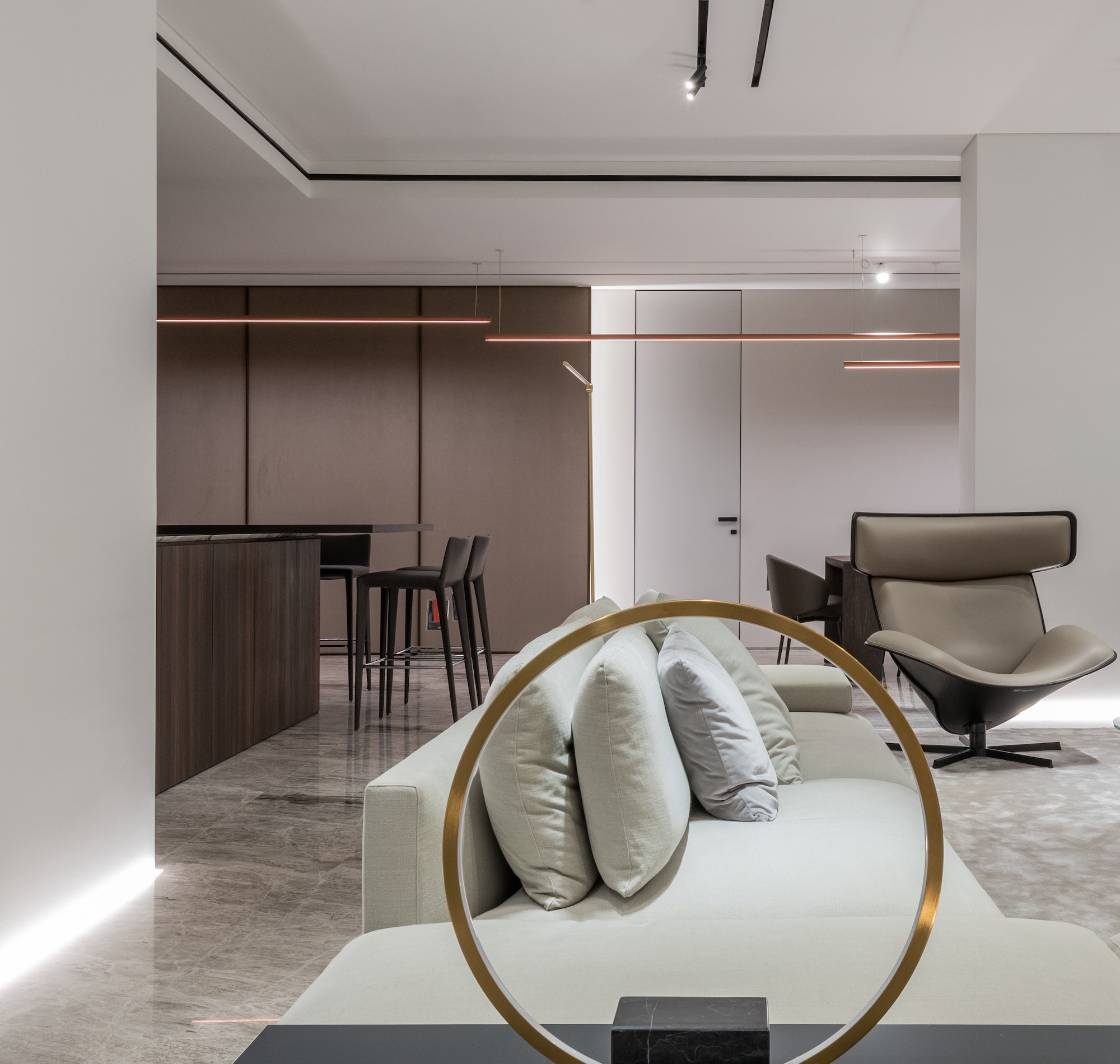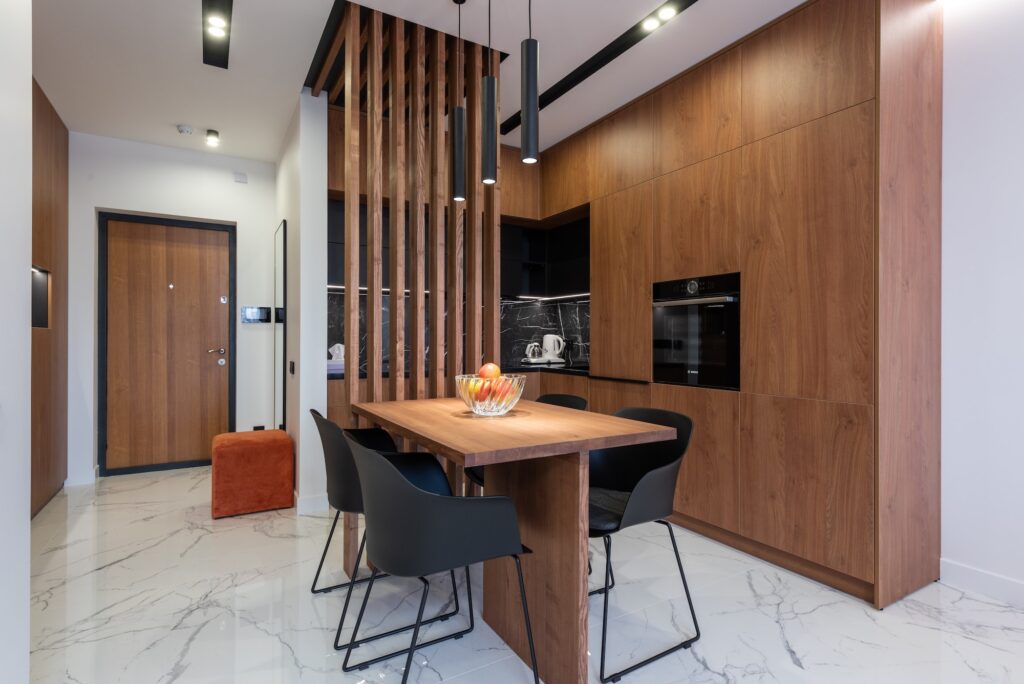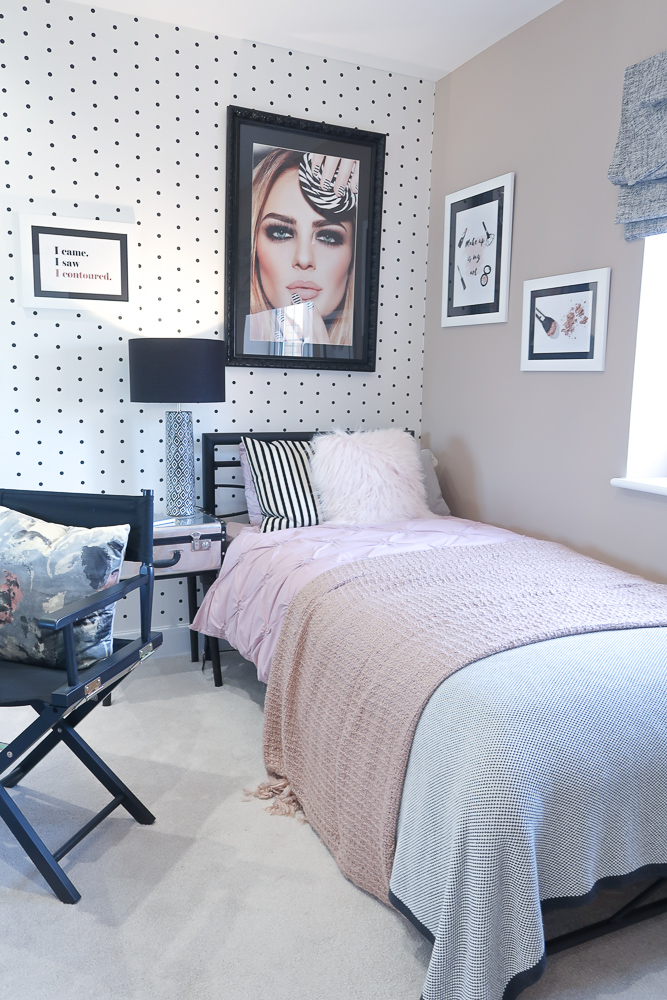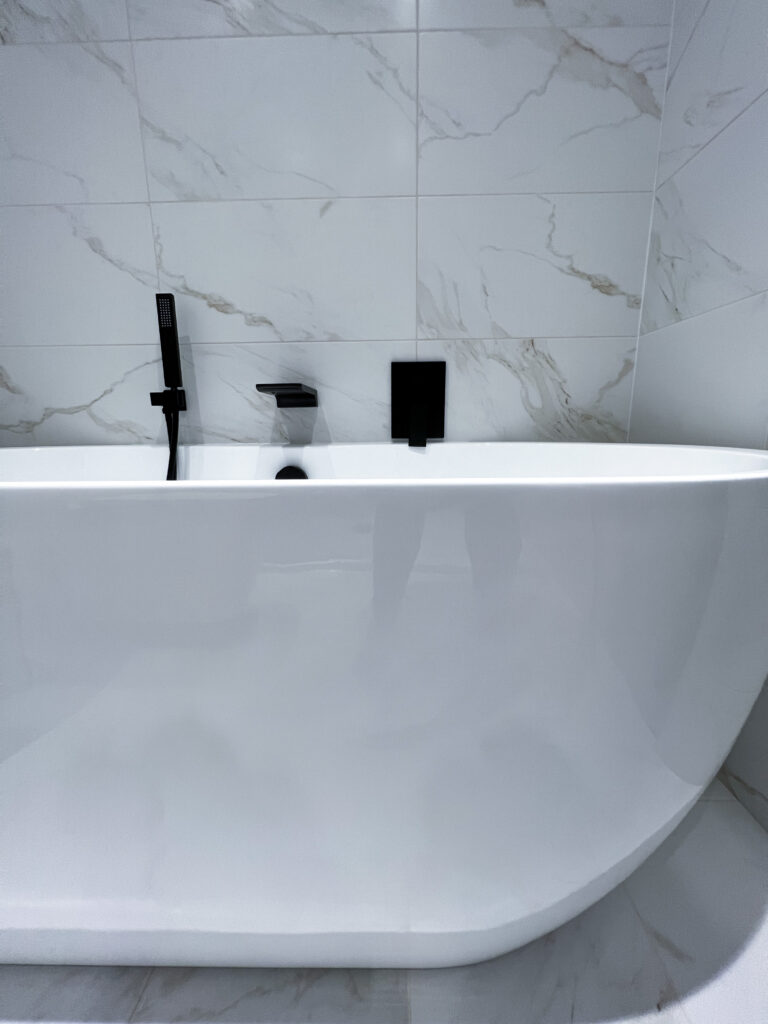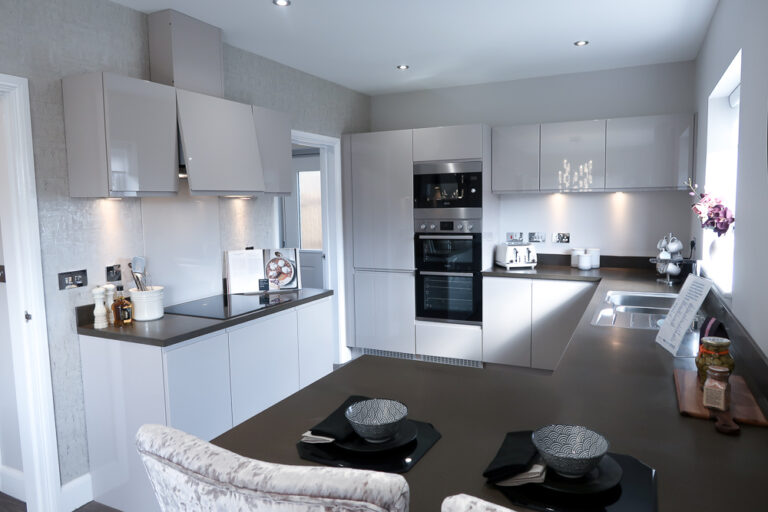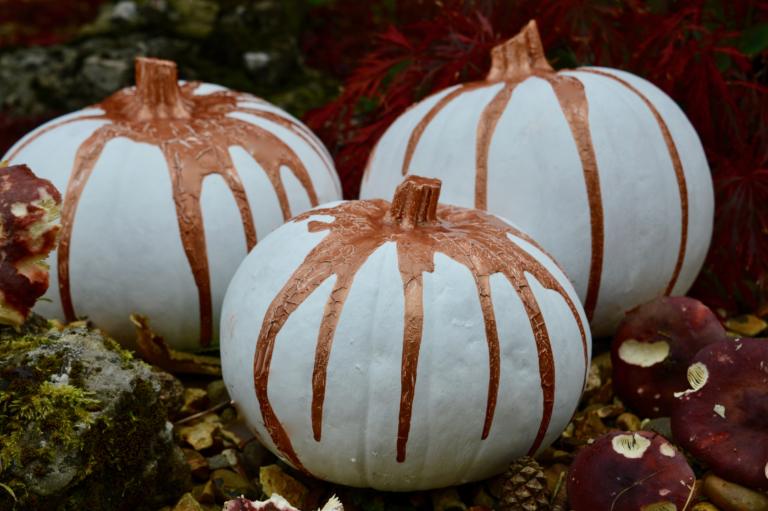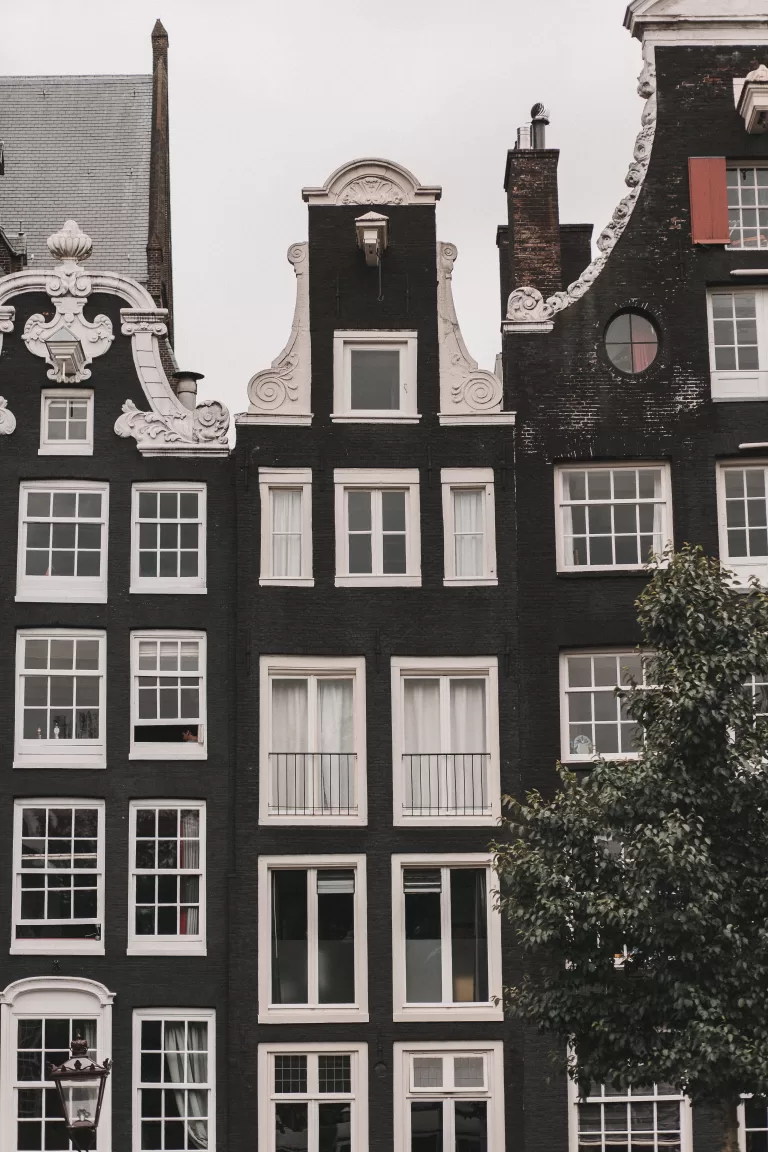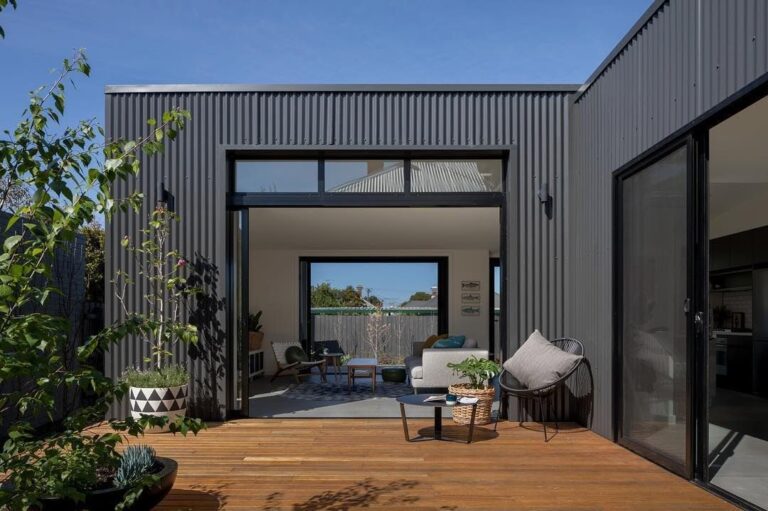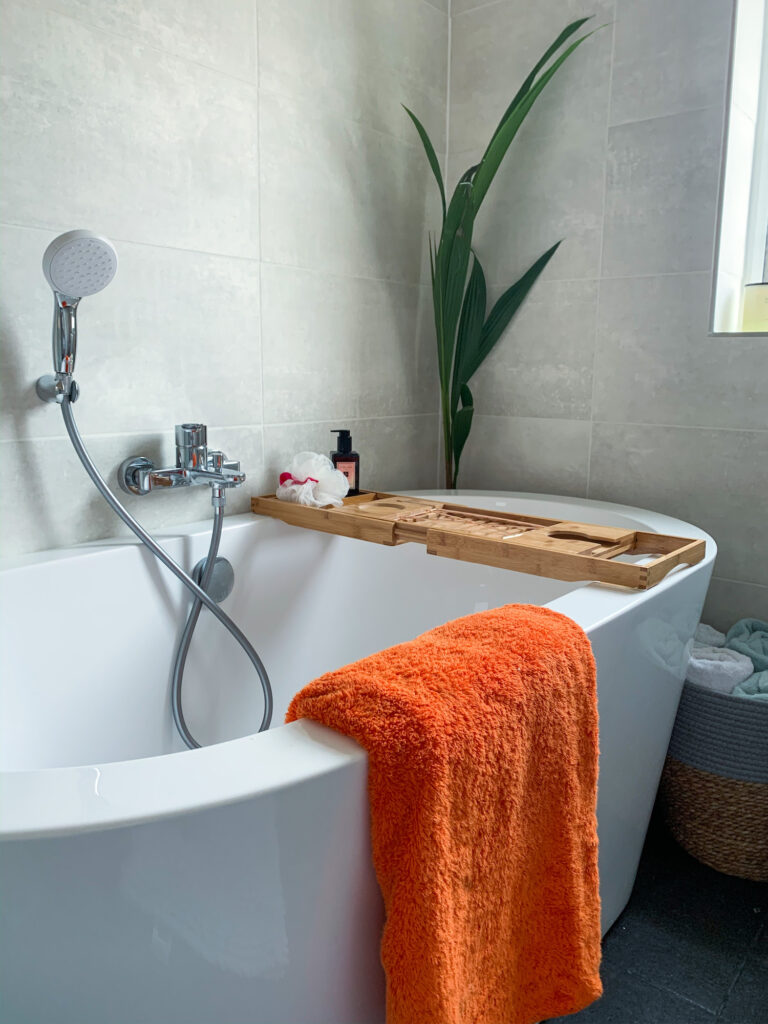9 Ways use Geometric Shapes and Patterns in your Interior Design Project
Do you feel like your interior design needs a retouch? As quickly as new styles and aesthetic choices emerge, older ones seem to fade into obscurity. However, certain elements of interior design are timeless; in other words, they will always be in style and can be incorporated into any interior space with ease.
Geometric designs and patterns are among the design styles that are always in. Whether done through tile or wallpaper, geometrics add a sense of formality, class, and sophistication to any room.
9 Ways use Geometric Shapes and Patterns in your Interior Design Project
What are geometric shapes and patterns and why are they important?
Geometric shapes and patterns can play a key role in creating overall visual appeal and functionality. These shapes and patterns can be found in everything from the basic shapes of furniture pieces like tables and chairs to the overall shape of a room or building. In addition, many designs incorporate regularly-repeating geometric forms, such as chevron or quilt patterns, to add visual interest and help the space to function well.
Types of geometric shapes and patterns
Each type of geometric pattern or shape has its own unique properties that contribute to its success in interior design. Whether you are designing your own home or working on someone else’s space, understanding how these elements work will help you create functional spaces that people love spending time in.
Curves and circles
In the world of design, curves and circles are often used to create clean, fluid lines that exude a sense of elegance and refinement. These shapes can be found in everything from architecture to interior design to fashion and graphic art.
Furniture fragments like gold mirror full length pieces can add sophistication and a sense of grace. They play an important role in conveying movement and fluidity within the physical space. They flow naturally and draw the eye across a surface or down a hallway, creating a sense of motion even in static forms.
The role of curves and circles in design is to inject movement, uniqueness, and style into the space. Whether it’s through softly arcing lines or intricate circular patterns, designers know that these simple shapes have immense power to transform any project into something truly special.
Angular shapes
While smooth curves can promote a sense of softness and flow, angular shapes provide a sense of structure and precision. These distinct edges create an interesting contrast with the sweeping lines of curves, adding visual interest to any design scheme.
In furniture, buildings, landscaping, or even patterns on textiles, angular shapes have an undeniable appeal, drawing the eye and creating a feeling of depth and dynamism in any space. Thus, when looking to add visual interest to your next design project, be sure to consider incorporating some sharper angles into your aesthetic. With their dynamic energy and striking character, angular shapes are sure to make an impact.
The role of geometric shapes and patterns in interior design
Geometric shapes and patterns are widely used by modern interior designers. Apart from space and sophistication, geometric shapes have other roles in the design.
To break the monotony
While many people think of geometric shapes and patterns as simple and utilitarian, they can actually play a key role in interior design. These shapes and patterns can work to break up the monotony by adding variety and unexpected visual interest. This is particularly important in modern interiors, where clean lines and simple colour palettes are the norm.
For example, a repeating pattern of straight lines can be used to create a sense of movement or motion within a room, which can help keep the space from feeling static or dull. Similarly, bold shapes such as circles or triangles could be used to introduce an element of playfulness into an otherwise minimal space.
Overall, then, geometric shapes and patterns are essential tools for creating dynamic interior spaces and breaking the monotony. You can use different platforms that will help you generate the right color palette. If you go with neutral colors in your living room, you can always use these geometric wall murals in order to break the monotony and give life to your walls.
To break stereotypes
Rather than relying on traditional patterns and designs, many designers are experimenting with forms like triangles, circles, and chevrons, which can be used to create striking visual effects. These unconventional patterns can not only help to break up otherwise bland spaces, but they can also be creatively incorporated into unique focal points.
Furthermore, geometric shapes add a sense of movement to a room, creating new dynamic perspectives that liven up even the most subdued interiors. Ultimately, by embracing geometric shapes and patterns as an integral part of their design aesthetic, interior designers challenge conventional notions about what makes good design, helping to lead the way in shaping ever-evolving trends in interior design.
Increases the creativity
There is a growing body of research that suggests that geometric shapes and patterns can play an important role in enhancing creativity and productivity. This theory is based on the belief that an environment decorated with squares, triangles, or other geometric shapes and patterns can help to facilitate problem-solving by stimulating the brain and fostering new ideas. It is thought that these dynamic visual stimuli activate different regions of the brain and promote a sense of order and structure, which in turn promotes more logical thinking and creative inspiration.
How to incorporate geometric shapes and patterns at home?
There are many different ways to incorporate geometric shapes and patterns into your home décor.
One approach is to choose bold, dramatic design elements that draw the eye and create a modern, sophisticated aesthetic. For example, you might choose geometric carpets and throw pillows with bright colours or bold patterning.
Another option is to embrace subtler forms of geometry by selecting pieces with simple, clean lines and neutral colours. This could include sleek furniture or minimalist artwork and decor such as extra large floor mirror fragments. By using these principles, you can easily create a polished, stylish look. Whether you prefer bold statements or understated elegance, there are plenty of ways to bring geometric patterns and shapes into your home.
Final thoughts
Some of the most beautiful and striking home designs incorporate complex geometric shapes and intricate patterns into their layouts. Whether we are talking about colourful stained glass windows, eye-catching mosaic tiles, or details like mirrors and candles, these decorative details add visual interest to buildings and create a sense of movement and rhythm throughout a space.
More importantly, they also serve an important functional purpose by helping to direct light and provide practical shade in different areas of a room. So the next time you are looking for new ways to enhance your home design, consider infusing it with some geometric shapes and patterns to bring out the beauty of your space. You won’t be disappointed!
Bio
Emma Woodberg is a part of the Content and Marketing team at thewebaddicted.com. She contributes articles about lifestyle, healthy living and everything in between. She enjoys diving into new aspects of life, learning as much as possible from the business world, marketing and branding. She likes sharing her thoughts and ideas with the world and helping people to get easier access to the secrets of the world.

